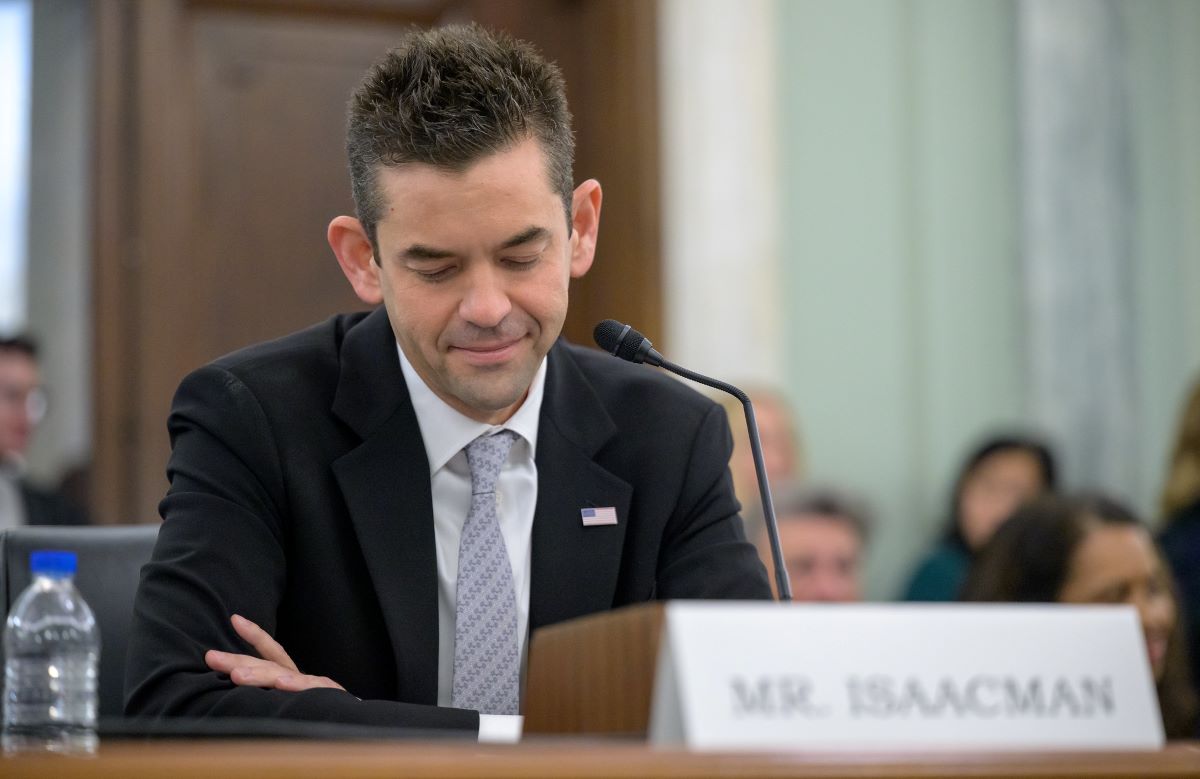This week we’re listening in on a conversation hosted by Seamless Bay Area about the 2024 update to the California State Rail Plan. Adina Levin of Seamless Bay Area hosts Shannon Simonds Chief, Office of Rail Planning & Implementation at Caltrans, Eric Goldwyn of the Marron Institute of Urban Management, and Adriana Rizzo of Californians for Electric Rail in discussion.
Scroll down below the audio player for an edited excerpt of our conversation, or click here for an unedited, AI-generated transcript of the entire conversation.
Adina Levin : You had mentioned quicker environmental review, which is obviously part of the time and cost of these projects. Is there anything that you would like to share also, Eric and Adriana, about ways of using environmental review in a way that is more cost effective and time effective?
Shannon Simonds: I’ll quickly just answer the Corridor [Identification and Development Program], and then I wanna let them talk. But the service development planning step of Corridor ID — step two — is inherently very robust, because it is meant to really finish all of the planning and not push any of the planning decisions into the environmental review process.
And so the timeline and the scope for doing the service development plans may seem larger than people are used to or comfortable with, but that is intentional — so that we are doing a lot of the good iterative planning that we need to do in engaging the host railroads and doing that operations analysis in that process.
So by the time we move on to preliminary engineering and environmental review we have as much buy-in as we’re gonna get from the host railroads as defined of a project as we can before getting into an environmental review process, and are really ready to just focus on environmental review.
Eric Goldwyn: I would just quickly say, exactly what Shannon said. The thing I like so much about CID is that it now puts the cart behind the horse. So you are doing your scoping intentionally. You’re saying this is really the project we want to do, more or less, and you’re not taking 30 alternatives into NEPA and then having to do all this engineering work and spending a lot of time going through that process, you can really hit the sort of statutory time limits on everything.
And I think it’s 18 months — you can get through it if you really are pushing rather than looking at everything. And I think that’s what’s so beautiful about CID. [It's] really incentivizing and paying for us to do that planning homework upfront rather than trying to get a full funding grant agreement. I’m speaking from the transit side, and then doing all your planning, which doesn’t ever work out well.
Adriana Rizzo: One additional thing I’d add is that we, Californians for Electric Rail, passed a bill last year, AB 2503, that actually exempts a lot of the state rail plan from environmental review, at least for CEQA, and there’s a bill SB 71 that will make that exemption permanent. That will also help speed some of this up.
An additional thing is building state capacity to do self-certification under NEPA. So the California High Speed Rail Authority currently has that authority, and the vision would be that, rather than hiring expensive consultants to do these environmental review documents, local agencies can get the state to do it a lot more cheaply and quickly in a standardized way that’s going to also speed up timelines and, particularly, protect from lawsuits.






